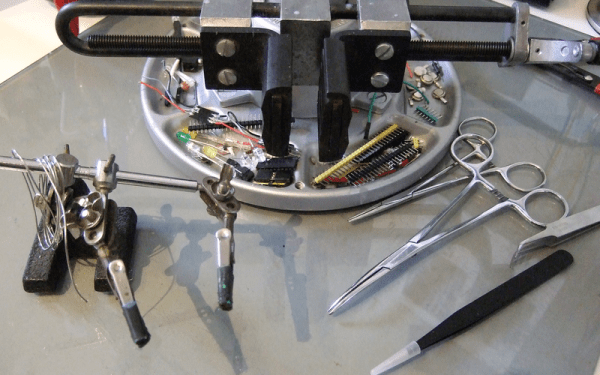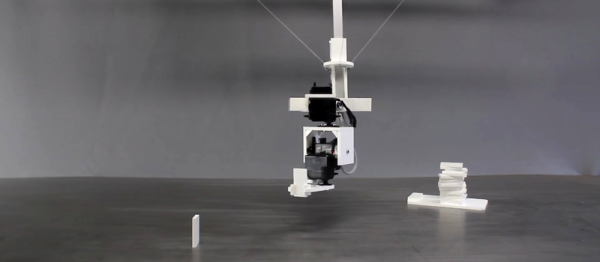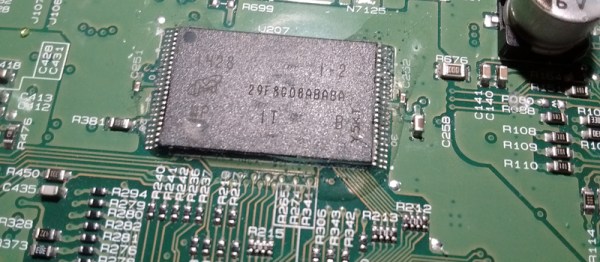Need some help sizing your beyond-low-Earth-orbit vehicle? Request NASA’s BLAST software. Need to forecast the weather on Venus? That would be Venus-GRAM (global reference atmospheric model). Or maybe you just want to play around with the NASA Tensegrity Robotics Toolkit. (We do!) Then it’s a good thing that part of NASA’s public mandate is making their software available. And the 2017-2018 Software Catalog (PDF) has just been released.
Unfortunately, not everything that NASA does is open source, and a substantial fraction of the software suites are only available for code “to be used on behalf of the U.S. Government”. But still, it’s very cool that NASA is opening up as much of their libraries as they are. Where else are you going to get access to orbital debris engineering models or cutting-edge fluid dynamics modelers and solvers, for free?
We already mentioned this in the Links column, but we think it’s worth repeating because we could use your help. The catalog is 154 pages long, and we haven’t quite finished leaf through every page. If you see anything awesome inside, let us know in the comments. Do any of you already use NASA’s open-source software?






 Our own helping hands, purchased for $5 from a surplus shop, have seen nearly twenty years of use now. About ten years ago, I heat-shrinked and plasti-dipped the jaws, and since then they do less damage to cable insulation. The clips kept coming loose, but that was fixed with a little epoxy. I never used the magnifying glass, and by removing it I bought some more sliding room for the jaws, which was an easy win. The base has a “non-slip” coating of Shoe-Goo that keeps it in place on the desk. Cork might be classier.
Our own helping hands, purchased for $5 from a surplus shop, have seen nearly twenty years of use now. About ten years ago, I heat-shrinked and plasti-dipped the jaws, and since then they do less damage to cable insulation. The clips kept coming loose, but that was fixed with a little epoxy. I never used the magnifying glass, and by removing it I bought some more sliding room for the jaws, which was an easy win. The base has a “non-slip” coating of Shoe-Goo that keeps it in place on the desk. Cork might be classier.











